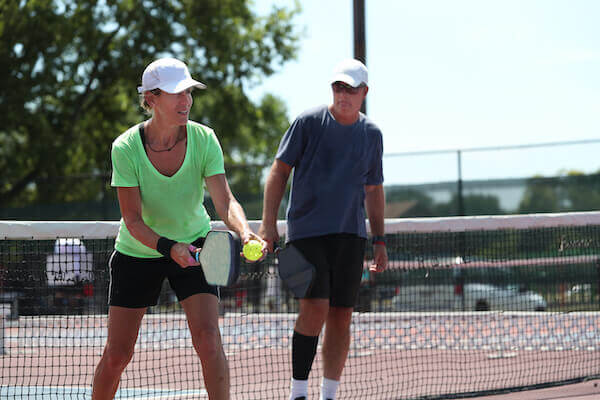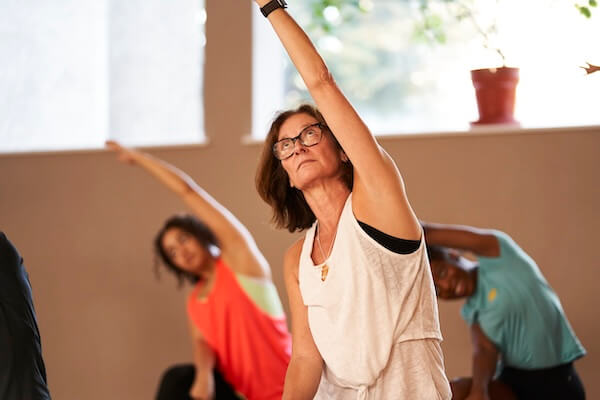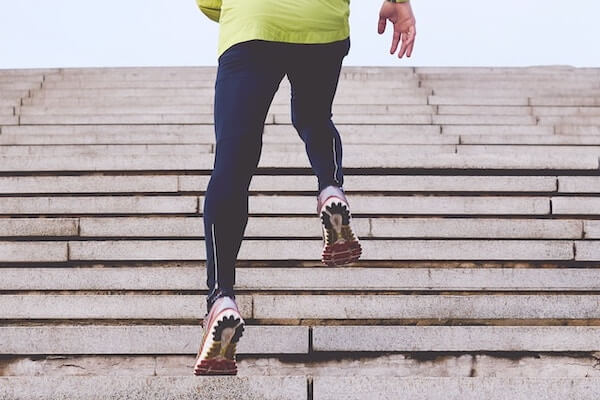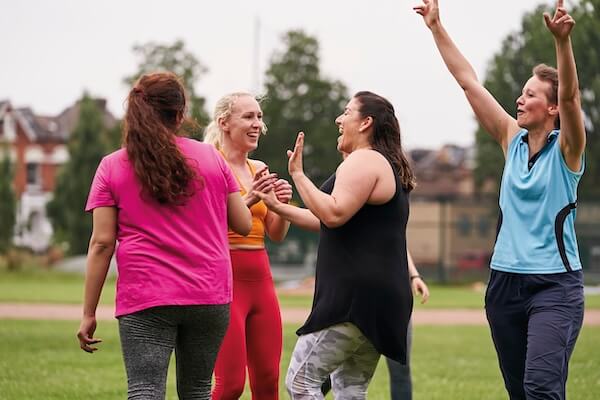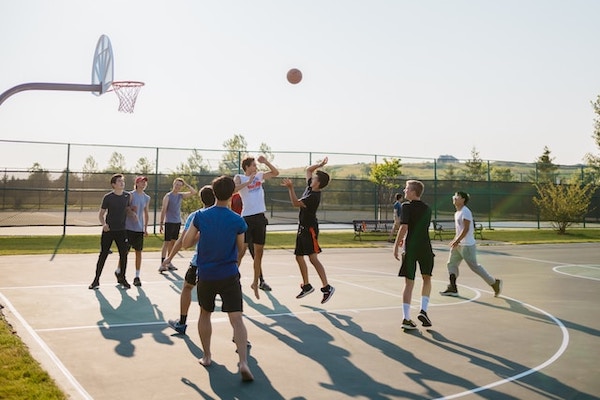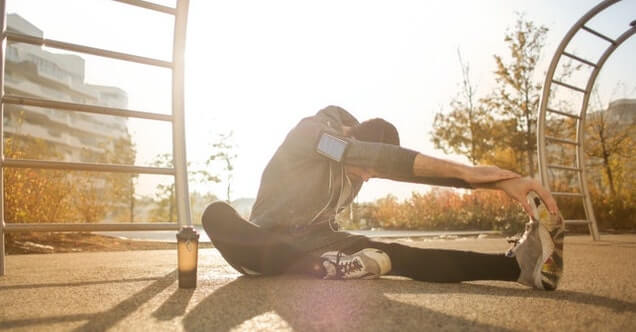
It is important you warm up and cool down after an intense workout. You’ll find a good warm up helps increase blood flow to your muscles as well as lower your heart rate. After exercise, cool down by stretching or doing some slower cardiovascular workouts like walking or jogging outside in the fresh air instead of on the treadmill at the gym.
These exercises should be done before or after your main routine.
Additionally, focus on proper form. You might want to use a
mirror to watch yourself for better form. Get the most out of the
time you spend working out by following these tips for a safer and
more rewarding workout experience!
Important Disclaimer: When starting any new program,
ensure you work within your limits. The instructions and video
below are provided as a guide only. Please consult with a health
professional before undertaking any exercises included in these
videos. KeepActive is not liable for any harm or injuries you
sustain while following the exercises in these videos.
Warm up
Warm up with light cardio and stretching before you start your main routine.
After your workout, cool down by doing some slower cardiovascular
workouts like walking outside for a few minutes or doing some slow
jogging in the fresh air.
Below video by Adidas that guides you through a 5-minute warm-up.
Cool down
Cool down is a vital part of the post-workout process, and is
necessary for muscle recovery.
Did you just complete a work out? Nicely done! This video by
Adidas will guide you through your post-workout cool-down.
Got a fitness tip or story?
We love learning from others in the fitness community. Join the KeepActive Facebook group or tag us on Instagram or Facebook to share your fitness tips. There are a lot of people unsure about starting their fitness journey but having others share their story and tips can inspire others to take their first step.


